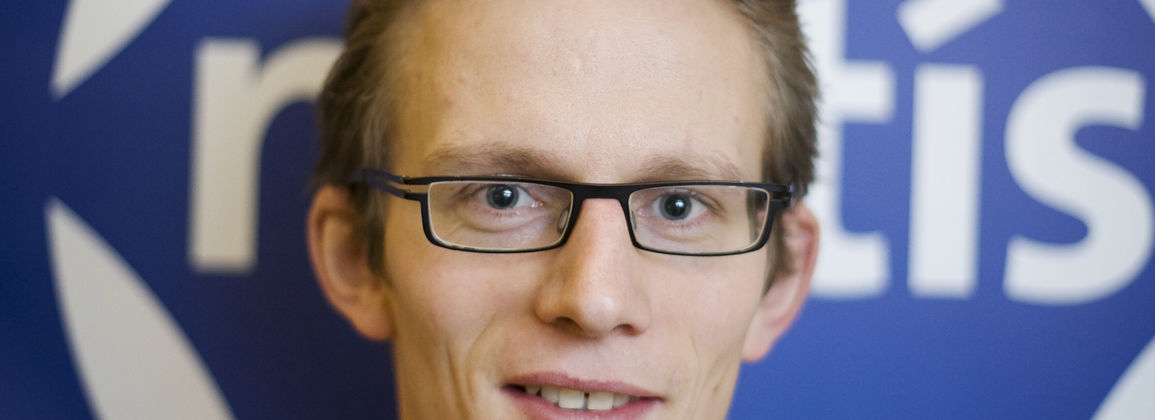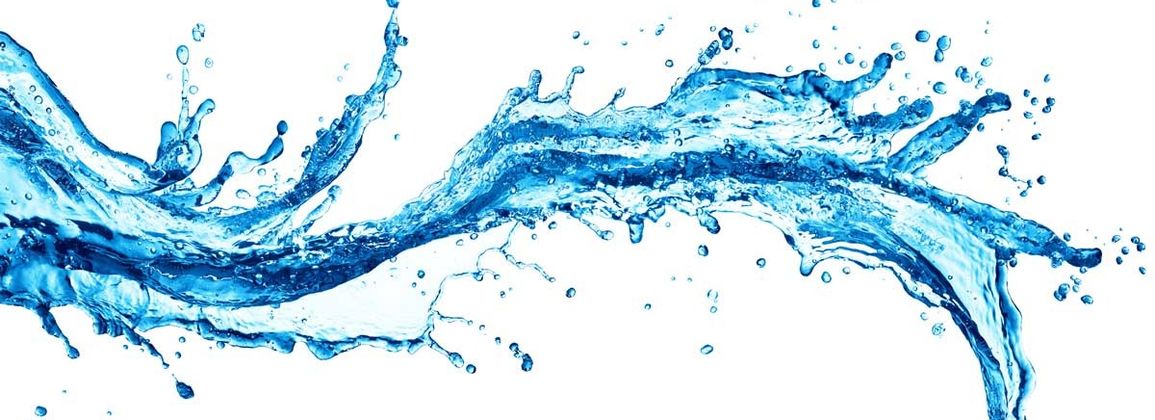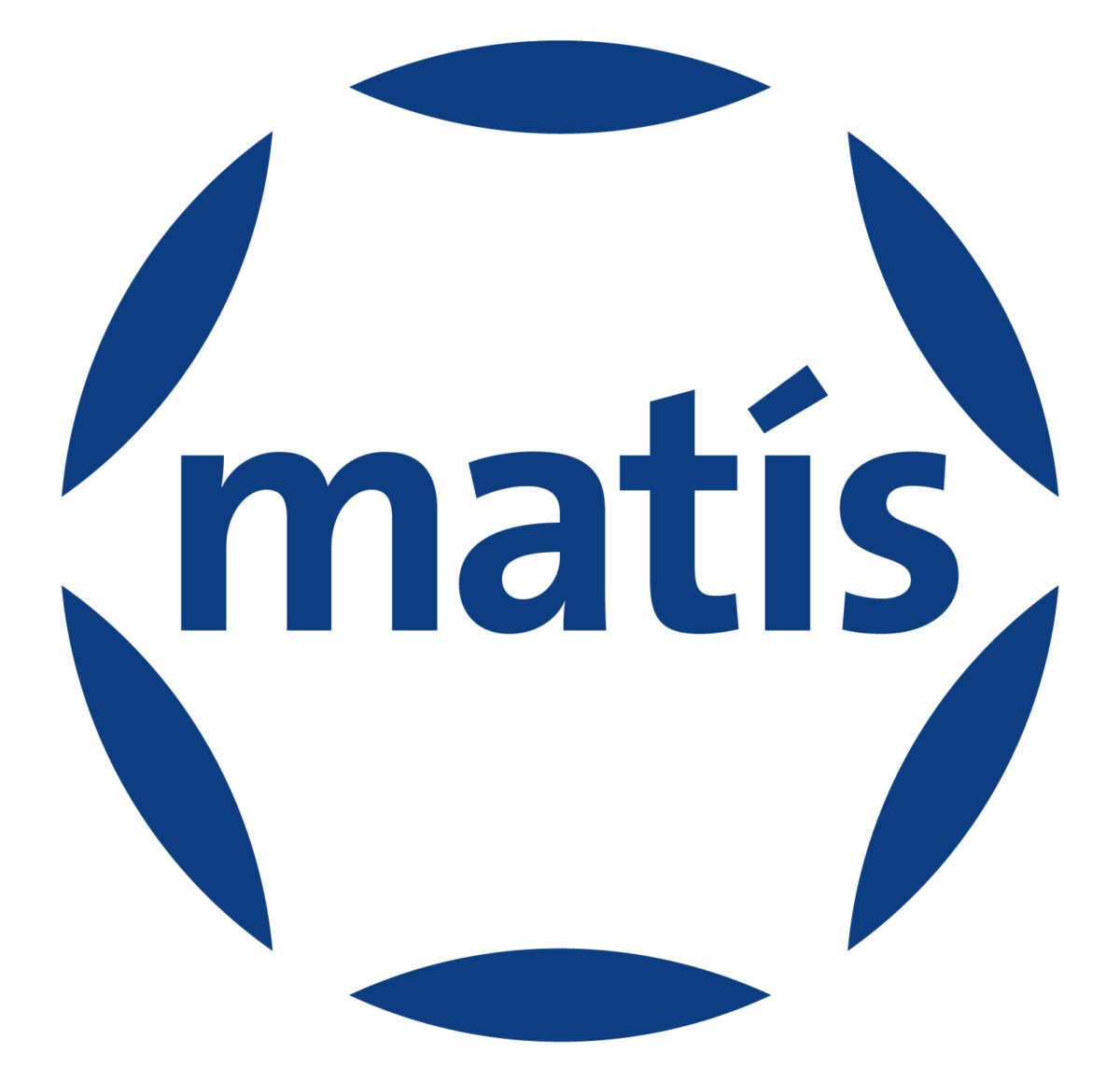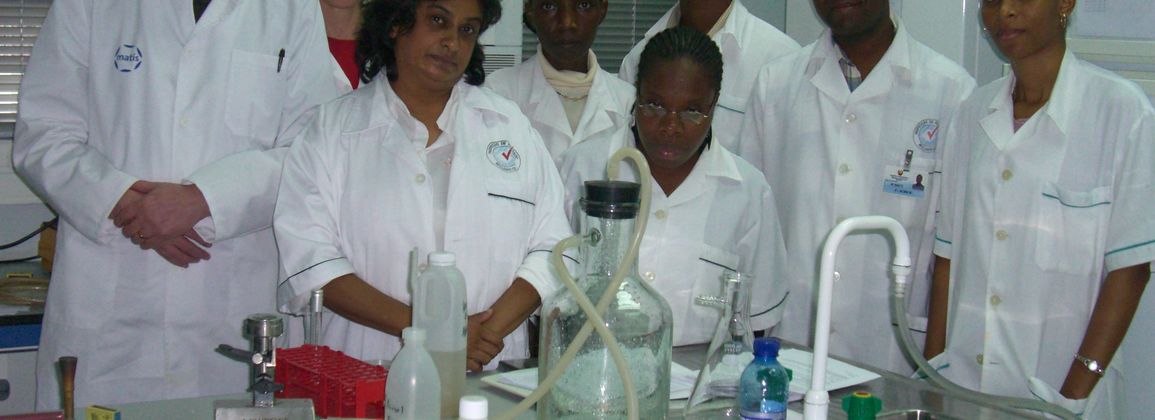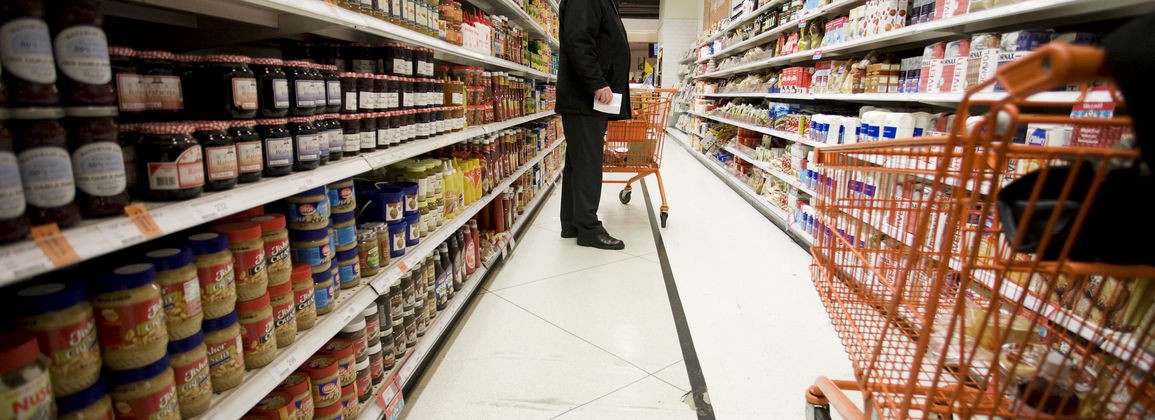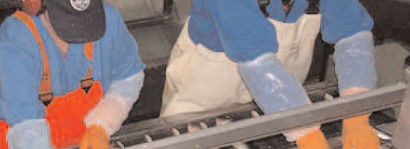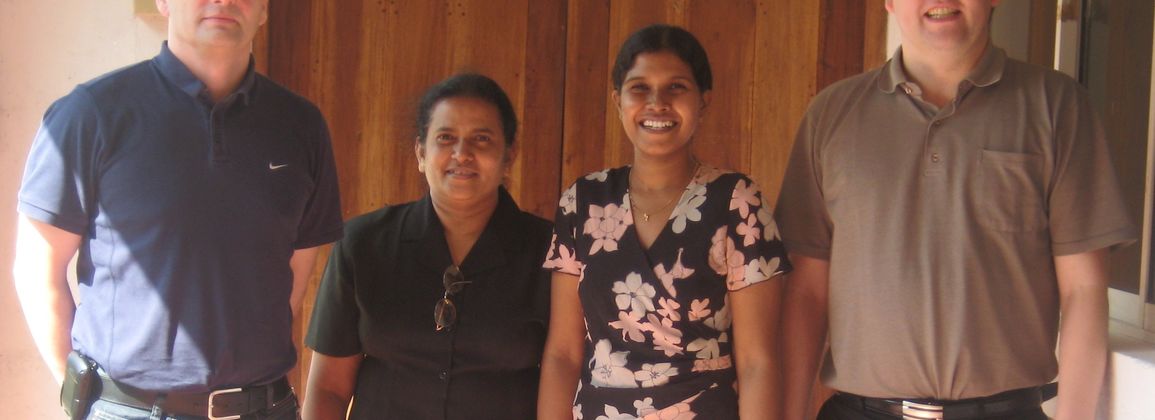Feed prices for farmed cod can be reduced by up to 30%, thereby reducing production costs by 15% by reducing protein intake and increasing fat. It is also possible to reduce feed costs by using cheaper fishmeal and vegetable raw materials in the feed, mainly for larger fish, according to a study of the development of seafood feed.
The project: The development of seafood feed is a collaborative project between Matís, Fóðurverksmiðjan Laxár, Háskólinn á Hólar, Versinn á Sauðárkrókur and Háskólinn á Akureyri. It was funded by the AVS Research Fund.
Jón Árnason, head of Matís' aquaculture department, says that it is important to study feed for aquaculture in particular, as it is by far the largest single cost item for aquaculture companies due to production, or around 55% of operating costs per production per kg of cod. "A large part of research on feed worldwide has so far been carried out within feed companies and therefore the results are often not public. That is why it is very important for aquaculture companies in this country to receive new research on how they can reduce costs, "says Jón.
Protein is the most expensive raw material in feed production
He says that cod reacts to different raw materials in feed; he needs various nutrients but especially a great need for protein, which is a necessary element for the development of fish flesh. Protein, on the other hand, is the most expensive raw material in animal feed. "It does not really matter to the cod to get all the protein from high-quality fishmeal, but it can to a certain extent use other types of fishmeal and protein from the vegetable kingdom," says Jón.

The results of experiments with different amounts of protein in the feed show that there is no statistical difference in growth if the protein is increased in excess of 48% to 70 gr. fish. Then there is no benefit in increasing protein in excess of 39-43% in feed for 600 gr. fish. It is therefore possible to reduce the cost of raw materials by lowering the protein content of feed from what it is today without compromising growth.
Jón also says that the increase in fat in the feed causes some increase in the liver percentage in 500-800 grams. cod but it is within what has been found in wild cod inland. However, there is a significantly higher liver percentage in smaller cod with increased fat in the feed. This means that protein can be replaced by fat to a certain extent.
Unequivocal results
The results of the project indicate that there are various options for reducing feed costs. You can use different ingredients and reduce protein compared to today's use. It is also possible to use more fat, especially in larger fish.
Jón says that the results of research on feed for cod farming in this country are unequivocal. "The results indicate that it is possible to reduce feed prices by 30% and thereby reduce production costs for cod by 15%, if raw material prices are taken into account from earlier this year. There are also opportunities to reduce feed costs even further by precisely adjusting the proportions of raw materials in the feed, taking into account the digestibility of the nutrients in them. "

